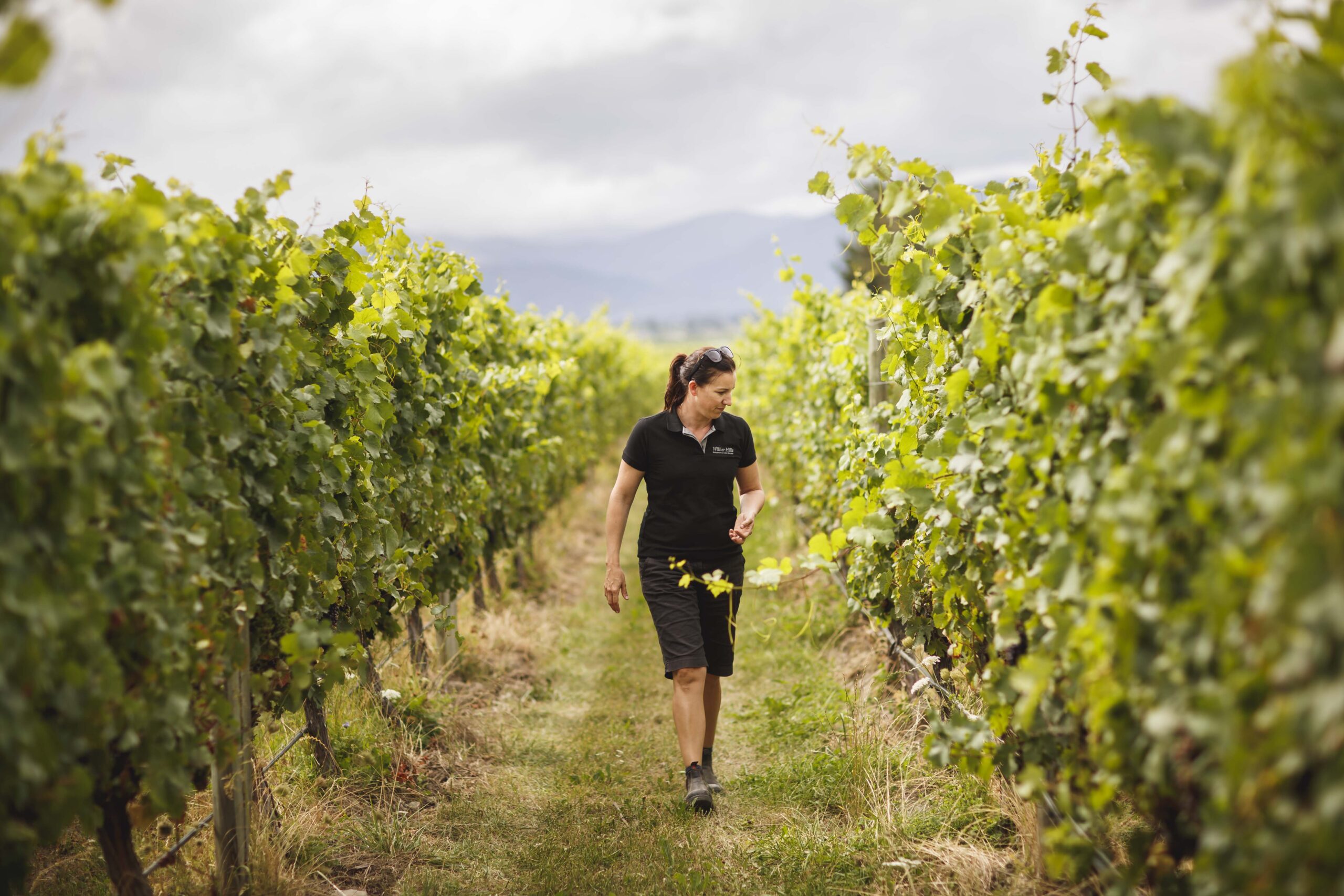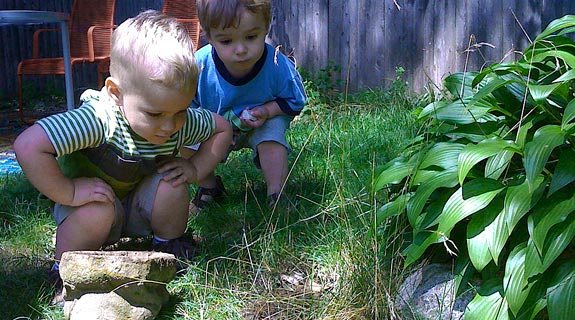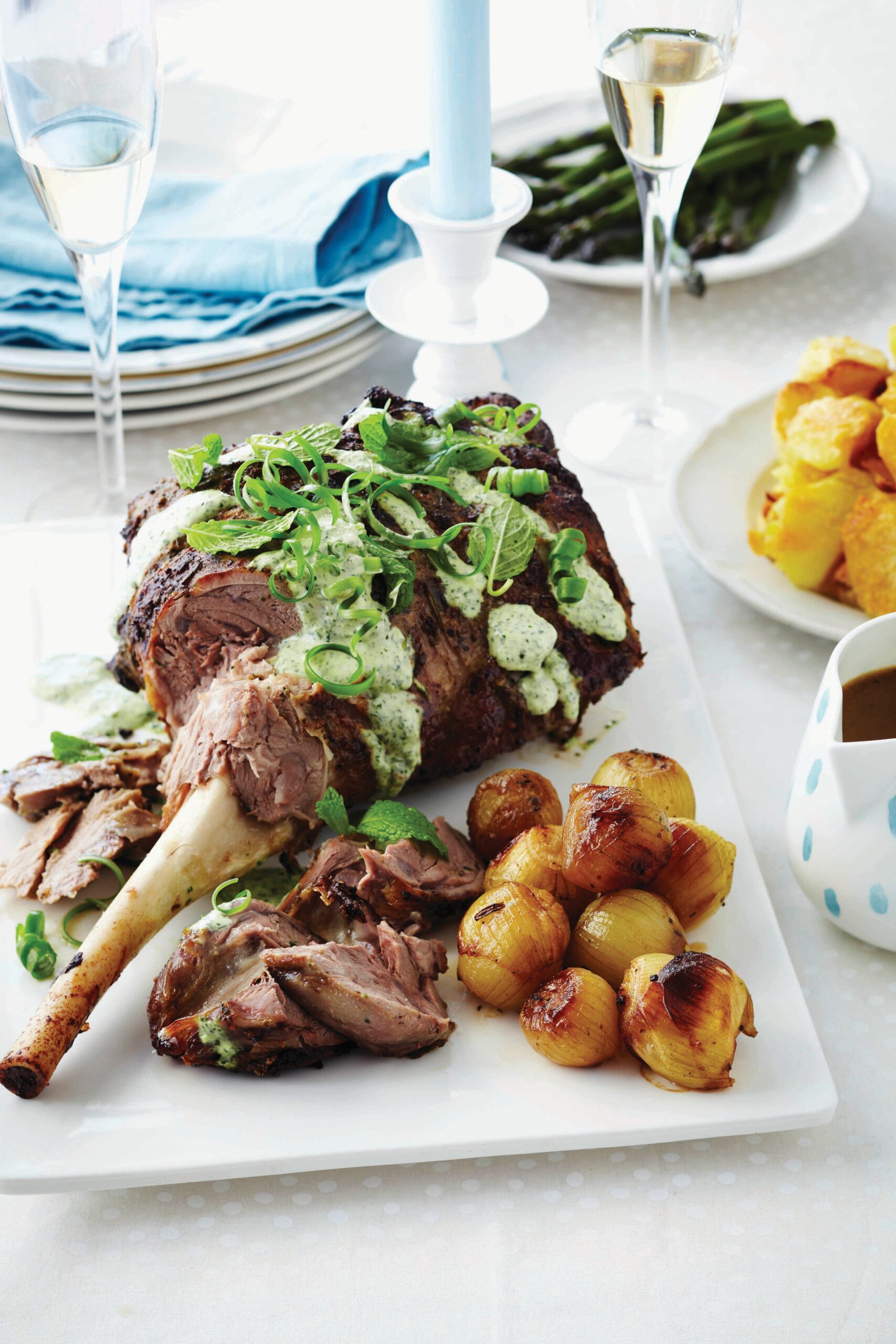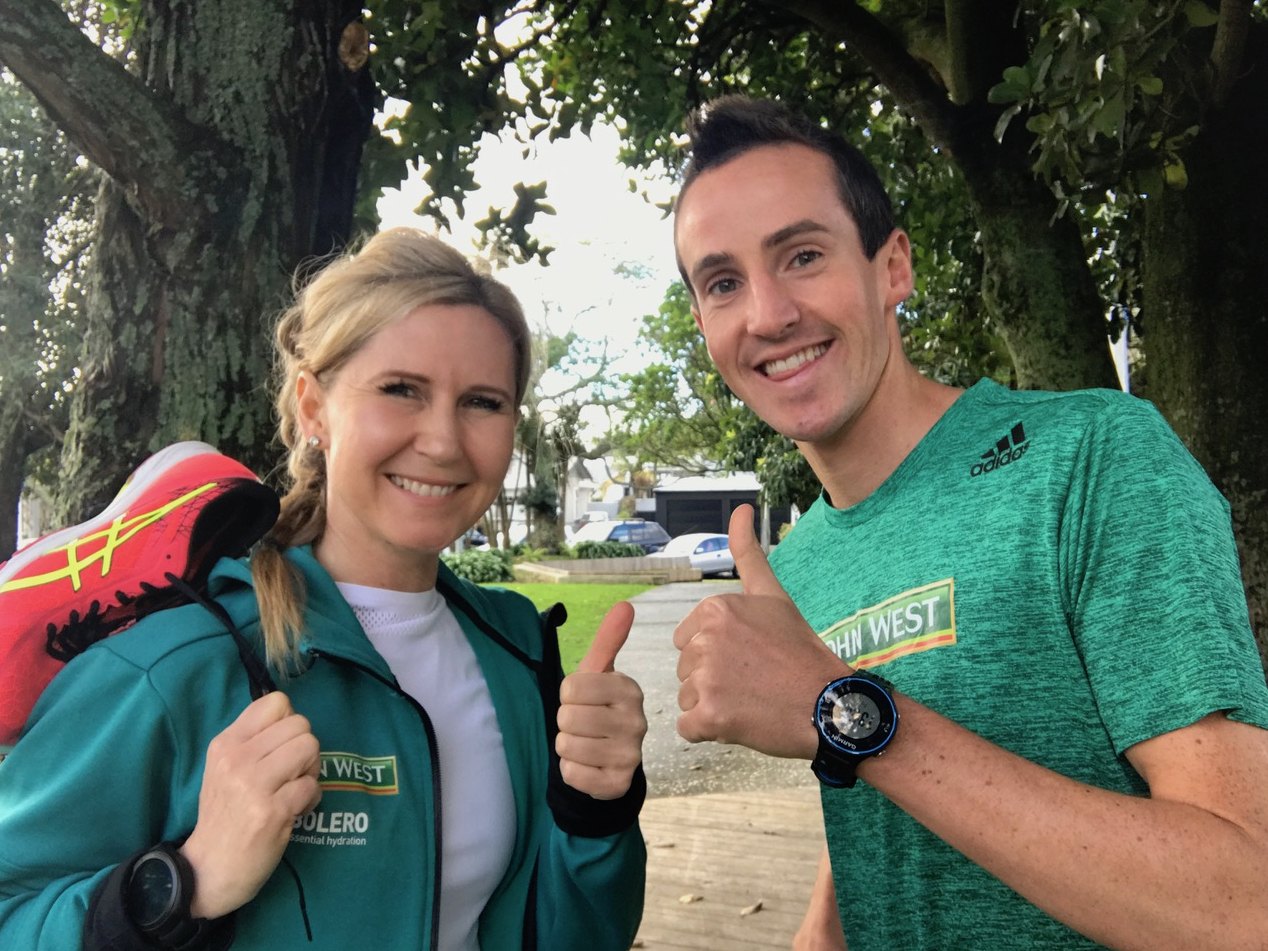Wither Hills is celebrating their 25th birthday in 2019, so we caught up with head viticulturist Samantha Scarratt to learn more about the grape-growing process.
Beautiful Blenheim is the home of New Zealand winemaker Wither Hills, who are this year (2019) celebrating their 25th birthday. Named after the Wither Hills range that borders their vineyards, the winery has established itself with its flagship varieties of sauvignon blanc, chardonnay and pinot noir. We were lucky enough to try some of their wines from the last 25 years, and we can assure you they truly stand the test of time.

We spent a day with the wonderful team from Wither Hills, who took us around their Rarangi Vineyard, organic Ben Morvan Vineyard and then to the Barrel Hall within the Wither Hills Winery. Head winemaker Matt Large joined us during the day to talk us through the history of the winery, and also tell us about the conditions that each of the years of wine went through. The Wither Hills team are incredibly knowledgeable and were happy to answer any and all questions directed their way. During our travels we got to stop and taste many of the vintages from the last 25 years.
At our first stop at Rarangi Vineyard, we were able to try seven years of sauvignon blanc: 1996, 1999, 2001, 2007, 2010, 2014 and 2018. To accompany this experience was a beautiful Kaikoura crayfish focaccia roll with béarnaise butter.
After a gorgeous scenic flight over to Ben Morvan, we settled in for a tasting of eight years of chardonnay: 1997, 2003, 2005, 2007 (magnum), 2010 (magnum), 2015, 2017 and 2018. Gorgeous Ōra King Salmon sashimi was served with wasabi, ponzu and pickles with the chardonnay. Delicious.
Finally it was on to the cool calm of the Barrel Hall. Tucked away in there, we were lucky enough to try six years of pinot noir: 1997, 2003,2007, 2011 (750ml and magnum), 2014 and 2016. Here we were able to try Mountain River venison saddle with confit potato, baby vegetables and truffle jus.
After spending this beautiful day at their lovely vineyards, we caught up with head viticulturist Samantha Scarratt to find out more about how the Wither Hills grapes are grown.

Good: How did you get into the wine industry to start with and what made you choose Wither Hills?
Samantha Scarratt: I always knew I wanted to study science. I’ve always had a passion for living things and their interactions. As a child, I spent a lot of time outdoors in the bush of South Australia. The environment was my playground! Prior to working in the wine industry, I worked as an environmental consultant in the mining industry in Western Australia. My husband was the one who was working in the wine industry. Even though I hadn’t studied viticulture, the wine industry seemed like a cool industry to be a part of, with lots of interesting people from diverse backgrounds, all who were willing to share their experiences and learnings (generally over a glass of wine). So I went back and did some further study, ending up in New Zealand to do a PhD looking at the ecology of insects in vineyards, using flowering plants to enhance good insects and eliminate pesticide use. I haven’t looked back and have been working at Wither Hills for 10 years. I absolutely love it! Apart from the work, which is forever diverse and challenging, the best part of the job is the people I work with and have the pleasure of leading. I have worked in multiple roles including as a technical viticulture, a vineyard manager and a grower manager, and now in my current role as head viticulturist.
Can you explain what your role as a viticulturist involves?
Essentially our team looks after the vines to ensure they are pruned, growing properly and producing amazing fruit for the winery to receive at harvest, all while looking after the safety and wellbeing of our people.
What are the most satisfying parts of your job?
I love the diversity. It keeps it interesting. And the split between working indoors and outdoors. I can be in the vineyard one minute with a vineyard manager looking at grapes, discussing work plans, and the next minute I’ll be in the office helping develop wine strategy for Wither Hills and an hour later I’ll be in the winery tasting wine with the winemakers. Tasting amazing wine is of course a great perk of the job!
Wither Hills has an organic vineyard. Can you describe the differences between this vineyard and the non-organic ones? What challenges do you face with organic vineyards?
Organic winegrowing has been a passion of mine since I started in the wine industry. I know people in this industry who could write books on the differences between organic vineyards and non-organic ones. The main differences I have observed are; the soil, the life in the soil, the smell, the feeling under your feet and the diversity in the understory. Others things to consider are if grown well the fruit has a certain resilience to disease, and when it comes to grape skin thickness, the yields can be less in organics. I tend to find they are more consistent year on year.
In terms of challenges with organic grape growing, I think this lies in finding markets that see the value in the fruit, and resulting wine, and are willing to pay for that.
Can you describe the optimum time for harvesting grapes? What sort of weather conditions are you looking for, what is the grape like?
A perfect vintage, or grape harvest, for us would follow on from a season where we’d had enough rainfall to enable us to irrigate our vines so they have healthy growth. Going into March and April we want minimal rain so there is no risk of disease, with warm days so the grapes can ripen and cold nights so the acid is maintained in the wine.
Here are six facts Scarratt had to share about the winegrowing process that you may not have known.
- If the innovation team wants to make a new wine, or grow a new variety, it takes three years to grow those grapes and approximately six months to make it. So it’s not a speedy process. Change can take time.
- Over the past few years we have seen some interesting and occasionally challenging weather over harvest, so we are adapting to that to ensure we still bring amazing fruit into the winery.
- Over October and November we fight frost using wind machines and helicopters, which mixes the warm air with the cooler air at vine height. It’s expensive but effective.
- If you want to know what’s happening with the weather, ask a viticulturist. It impacts everything we do.
- We pick our grapes at harvest by hand and by machine. Hand picking brings lovely whole bunches (and their stems) into the winery, which they crush to make wine. Getting some skin contact brings out the amazing flavour. Machine picking macerates the berries a little more, which works really well for sauvignon blanc.
- At harvest/vintage we have more than 40 people come from more than 12 different countries around the world to work in our winery.





